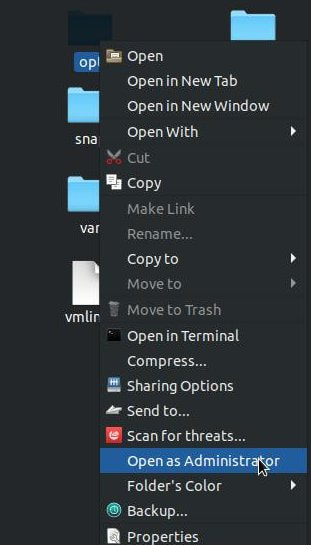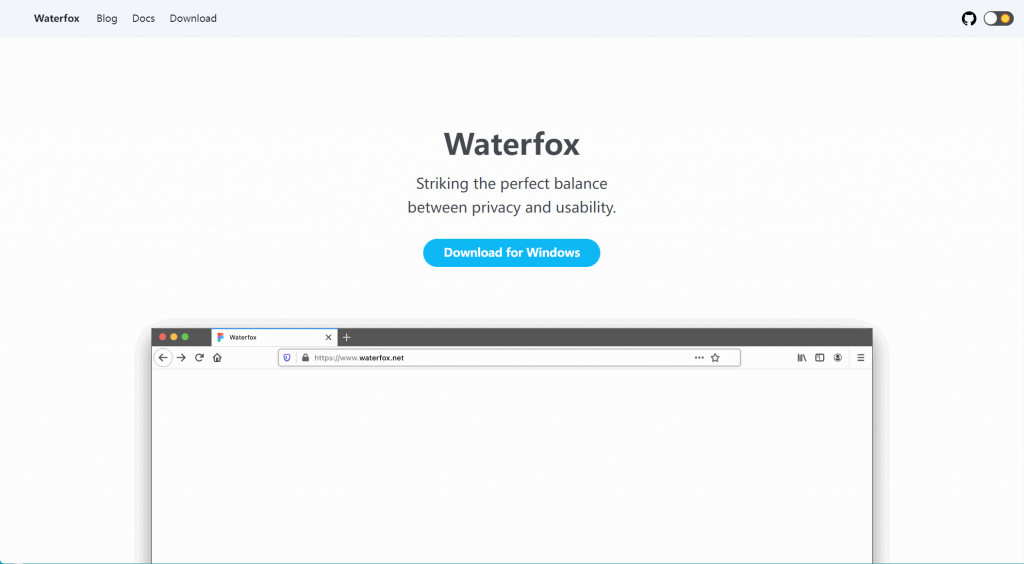

Libgdk-pixbuf-2.0-0 libgl1-mesa-dri libgpg-error0 libkeyutils1 \ Libcom-err2 libdbus-1-3 libelogind0 libexpat1 libgcc-s1 \
#Waterfoxlinux install#
Sed 's/main/main contrib non-free/' >sources.list & \Īpt-get install -y dconf-gsettings-backend gvfs gvfs-libs libc6 \ So here is the Dockerfile which I think achieves all that FROM debian:stable-20220801-slim
#Waterfoxlinux download#
I think I have achieved that.Īnother issue, is to construct a Dockerfile so that it is self sufficient… so that if someone else wants to build and run the Waterfox docker image, all I have to pass over to them is the Dockerfile… it will download everything else it needs. I had to work out a systematic method of finding all the dependencies. Waterfox is a huge program ( as large as Firefox). The big issue in doing this with Waterfox turned out to be tracing all the dependencies of Waterfox so that I could construct in the image environment all the things needed to make Waterfox startup and run. One just has to provide a means for programs running inside the container to access certain X11 files in the host system. The issue of making a docker image which interacts with X11 in the host is quite simple. The only thing putting Waterfox in a docker container adds is a guarenteed run environment. It is not that a Waterfox install is all that difficult… you just download a tar file and unpack it and make a link.

Running Waterfox in a docker container enables it to be used reliably in any Linux distro, and even across different architectures. It may be that some users may find the end product useful. It is a continuation of a previous post “Learning to use docker”. This post is about a learning exercise, specifically learning to make a docker image which interacts with the GUI in the host system.


 0 kommentar(er)
0 kommentar(er)
